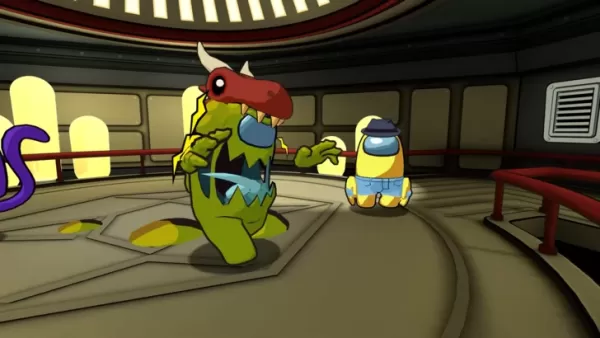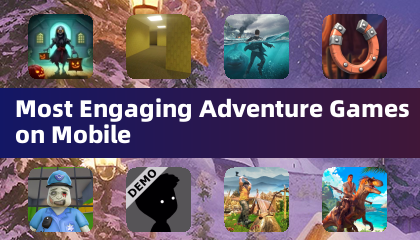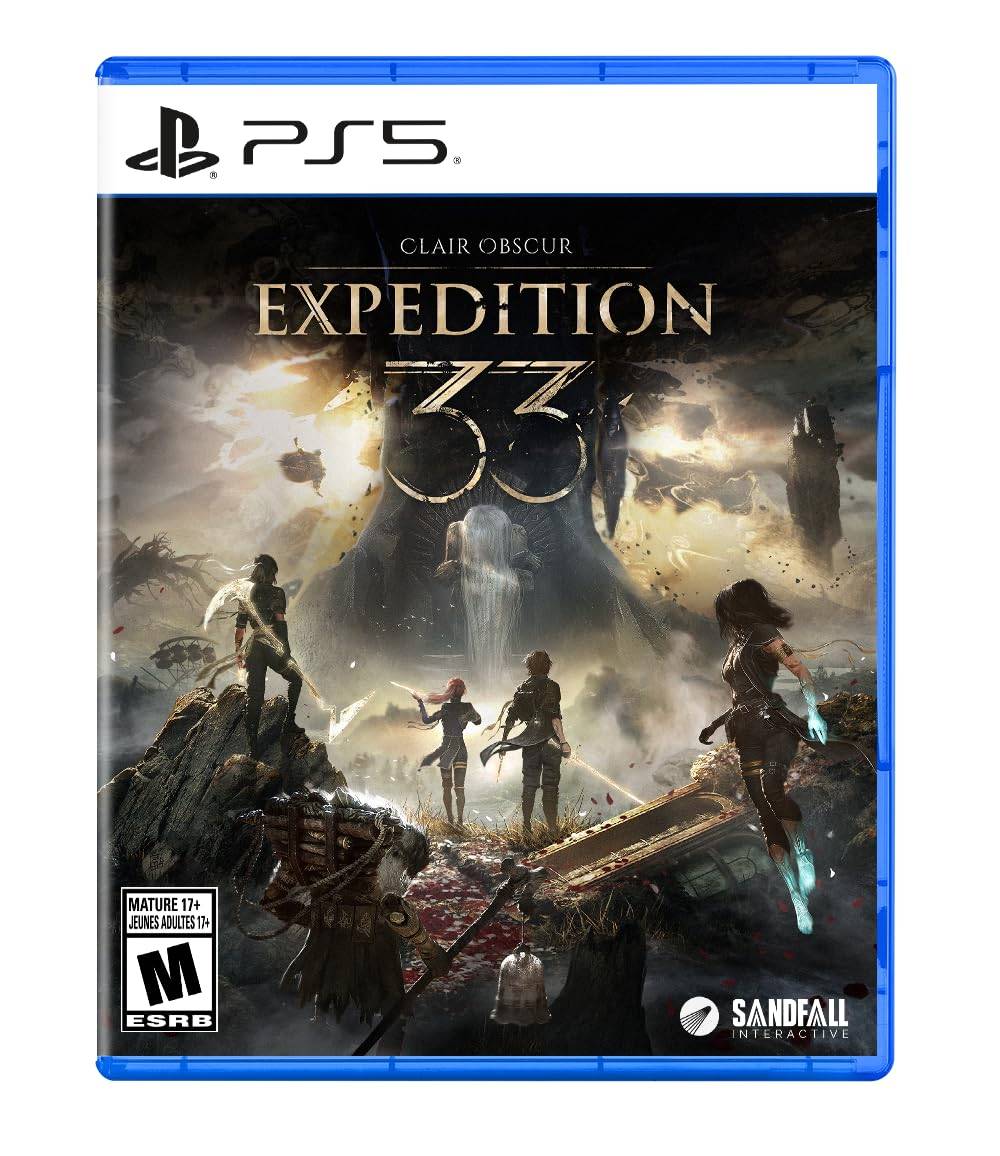Civilization 7's Unannounced Fourth Age: Datamining and Developer Teases
Civilization 7 dataminers have uncovered evidence hinting at a fourth, unannounced Age, a claim subtly supported by Firaxis in an IGN interview. Currently, the game features three Ages: Antiquity, Exploration, and Modern, each concluding with a simultaneous Age Transition for all players. This transition involves selecting a new civilization, choosing which Legacies to retain, and witnessing a world evolution—a unique feature in the Civilization series.
The Modern Age, as currently implemented, concludes before the Cold War, ending with World War II. Lead designer Ed Beach explained Firaxis's decision to IGN, highlighting the historical significance of these periods as natural chapter breaks. The end of Antiquity (300-500 CE) marked the decline of major empires globally, while the transition to the Modern Age reflected the impact of revolutions in Europe. World War II served as a pivotal point, justifying a new Age due to significant shifts in global power dynamics and the introduction of new gameplay mechanics specific to each era.
While executive producer Dennis Shirk remained tight-lipped about specifics, he acknowledged the potential for future expansion, teasing the possibilities inherent in the Age system's design. This tease, coupled with datamined references to an "Atomic Age" by Redditor ManByTheRiver11 (including mentions of new leaders and civilizations), strongly suggests a fourth Age is in development. The inclusion of an Atomic Age aligns perfectly with the game's current ending and Shirk's comments.
Currently, Firaxis is focused on addressing player feedback and improving the game, acknowledging mixed user reviews on Steam. Take-Two CEO Strauss Zelnick expressed confidence in the game's long-term success, believing the core Civilization audience will appreciate the game more with continued play.
For those seeking to conquer the world in Civilization 7, resources are available covering victory strategies, key changes from Civ 6, common mistakes to avoid, map types, and difficulty settings.















